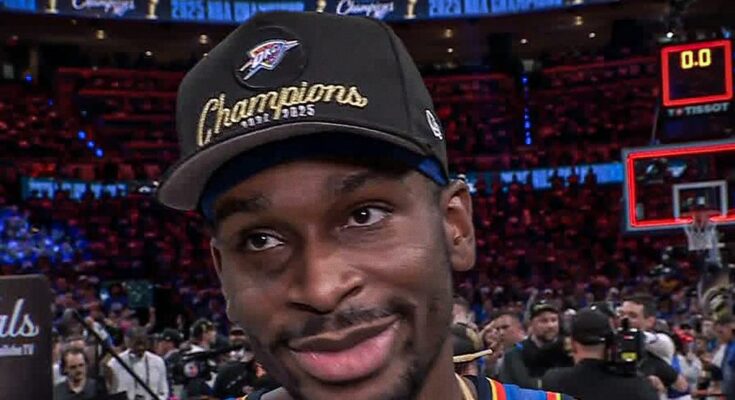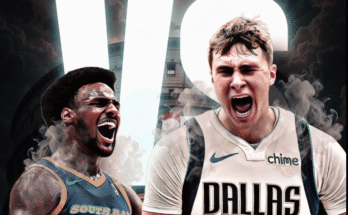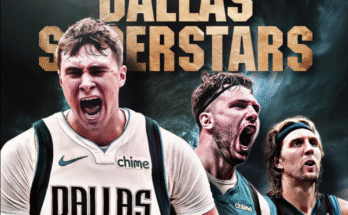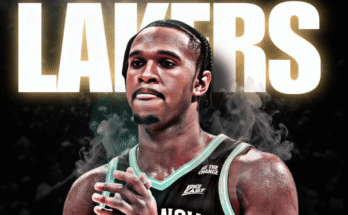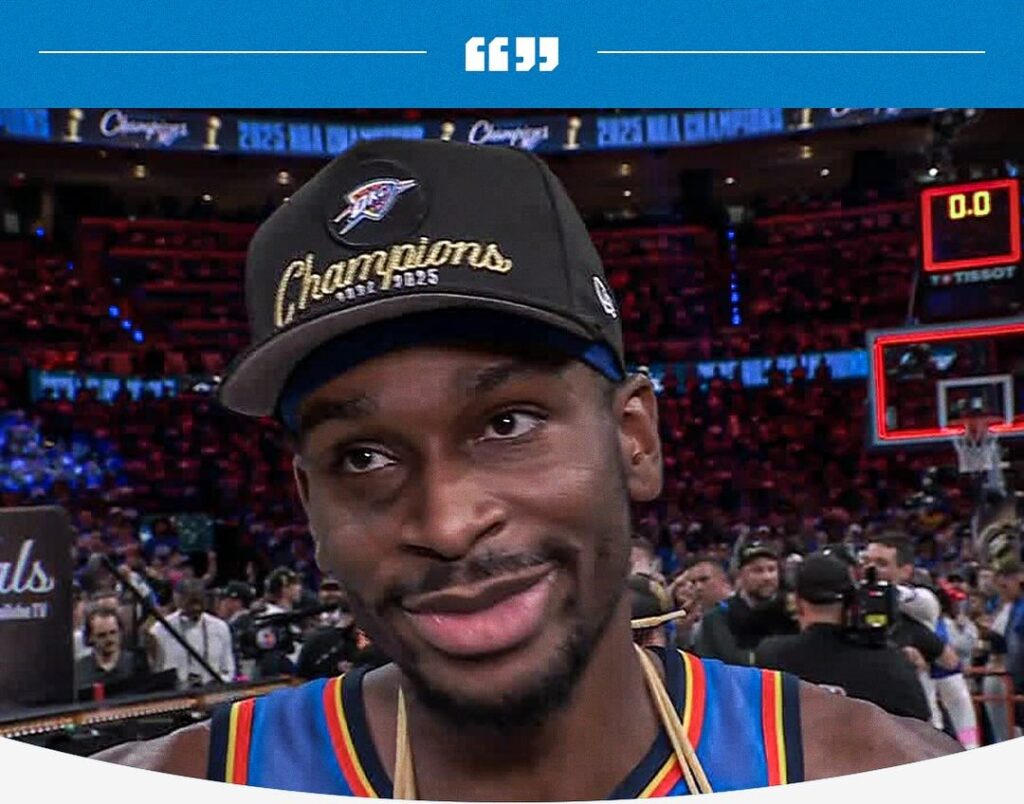
Basketball is a game built on skill, athleticism, and competition. But in recent years—and especially during the 2024–25 NBA season—something has felt off. Games are being slowed down, momentum ruined, and fans frustrated by a growing trend: foul baiting. It’s become a league-wide issue, and it’s pushing the sport closer to performance art than actual basketball. Simply put: there’s too much foul baiting, and the NBA has to fix these rules.
Foul baiting—also known as “drawing contact” or “selling the foul”—is when offensive players initiate unnatural contact to manipulate referees into blowing the whistle. While some degree of it has always existed in the league, it’s now reached a tipping point. We’ve moved past simple pump-fake-and-jump scenarios and entered a world where offensive players are throwing themselves sideways, hooking defenders’ arms, or flailing on minimal contact to get to the free throw line. It’s become more about deception than domination.
This season especially, several star players have taken advantage of the current rules, routinely logging double-digit free throw attempts by leaning into defenders, stopping abruptly on fast breaks, or baiting contact while not even attempting to shoot properly. Fans watching at home and in the arena aren’t impressed—they’re annoyed. The flow of the game is constantly being interrupted, and possessions feel more like courtroom debates than competitive matchups.
Take a step back and ask: is this what fans want to see? Is this the kind of basketball the league wants to showcase in marquee matchups and national broadcasts? When viewers tune in to watch elite talent, they expect brilliant shot-making, tough defense, and highlight-reel plays. What they’re getting instead is whistle after whistle, players lobbying officials, and a growing sense that the game is being gamed.
It’s not just fans who are frustrated—players are too. Many defenders feel they’re being punished for playing disciplined, physical basketball. Hands up, body in position, perfect slide… and still, a whistle blows as the offensive player throws themselves into the defender’s chest. And let’s be honest—it’s become hard to even know what constitutes a foul anymore. The rules have become so nuanced and difficult to interpret in real time that refs are stuck between two extremes: letting too much go or calling everything, neither of which is ideal.
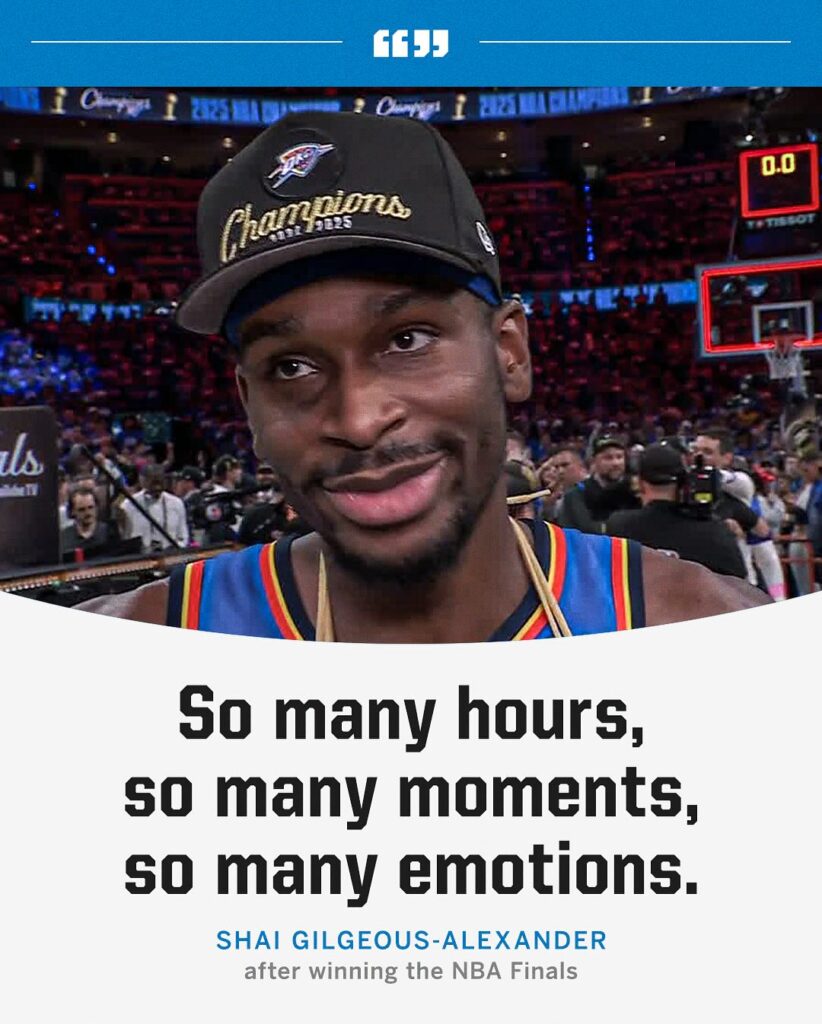
Even coaches are beginning to sound off. During the playoffs, multiple coaches subtly called out the inconsistency and exploitation of foul calls. One veteran coach stated, “We’re teaching our guys to play the right way, but then you see these foul-baiting moves being rewarded every time down the court. What are we even coaching anymore?”
Of course, the players doing it aren’t necessarily to blame. They’re smart. They’re playing within the rules and using every tool at their disposal to win. If drawing fouls gets them to the line—and ultimately helps them win games—they’re going to do it. That’s not on them. That’s on the rulebook.
So, how can the NBA fix it?
First, the league needs to revisit the definition of “offensive-initiated contact.” If a player lunges sideways or backward into a defender who’s simply occupying space, it shouldn’t be a foul. Referees should have the freedom to rule those actions as non-basketball moves—and that distinction needs to be emphasized league-wide.
Second, there needs to be better post-game review and accountability. If a player’s free throw count is the result of multiple non-shooting, non-basketball motions, then those sequences should be flagged, reviewed, and addressed. The league has made strides with its “non-basketball move” guidelines, but enforcement has been inconsistent at best.
Third, referees need support. The speed of the game is insane, and making judgment calls in real time is incredibly difficult. Giving officials clearer guidelines and empowering them to call out “foul baiting” when it happens—without fear of backlash—will go a long way.
This isn’t about eliminating all foul calls. Basketball is a physical game, and fouls are part of it. But there’s a clear difference between earning free throws through aggressive, purposeful play and tricking the refs into giving them to you.
If the NBA doesn’t act, the issue will only get worse. More players will follow suit. More games will be bogged down. More fans will check out.
The league has been proactive before—implementing rules to limit flopping, adding the take foul rule, tweaking clear-path fouls—and those moves improved the product. Now it’s time for another adjustment.
Because if we’re being honest, some games this season felt like free throw contests, not basketball games. And when the outcome of a playoff game is decided by who baited the most contact rather than who made the best plays, it’s bad for the sport.
So yes—there’s too much foul baiting. And yes—the NBA has to fix these rules.
For the players.
For the fans.
And for the integrity of the game.Tools
